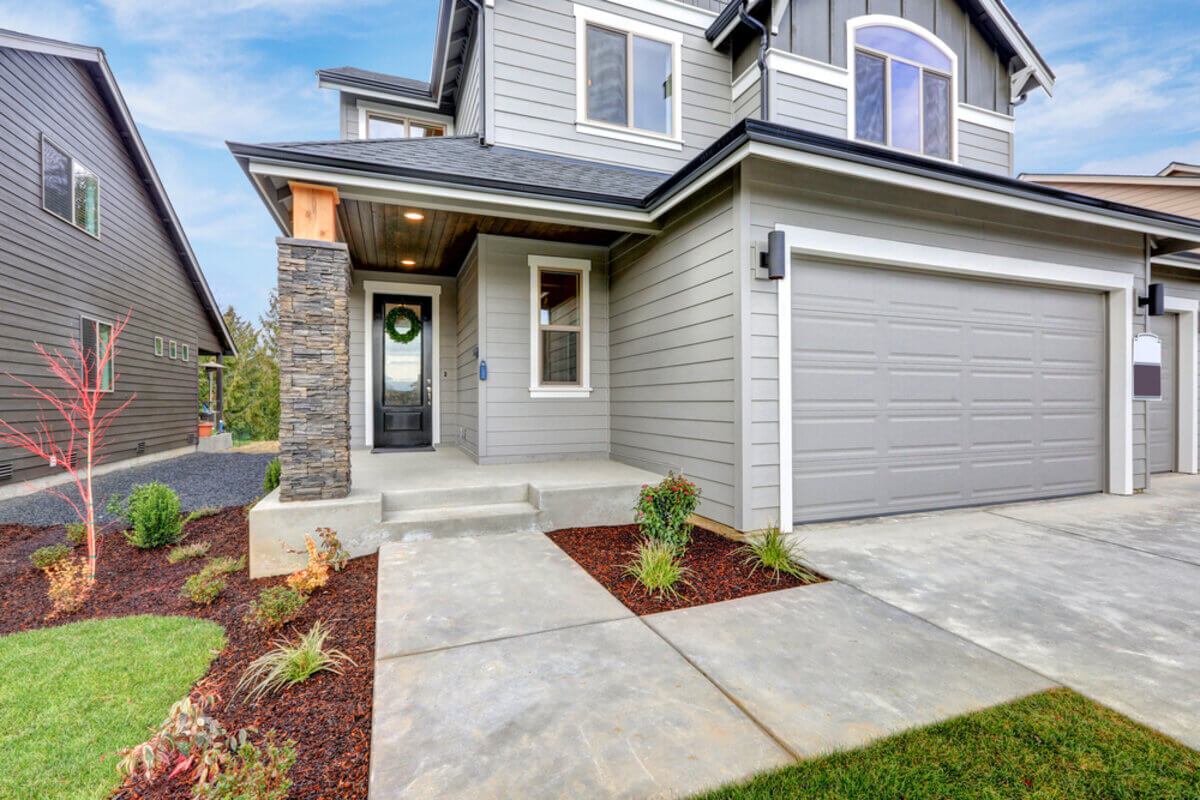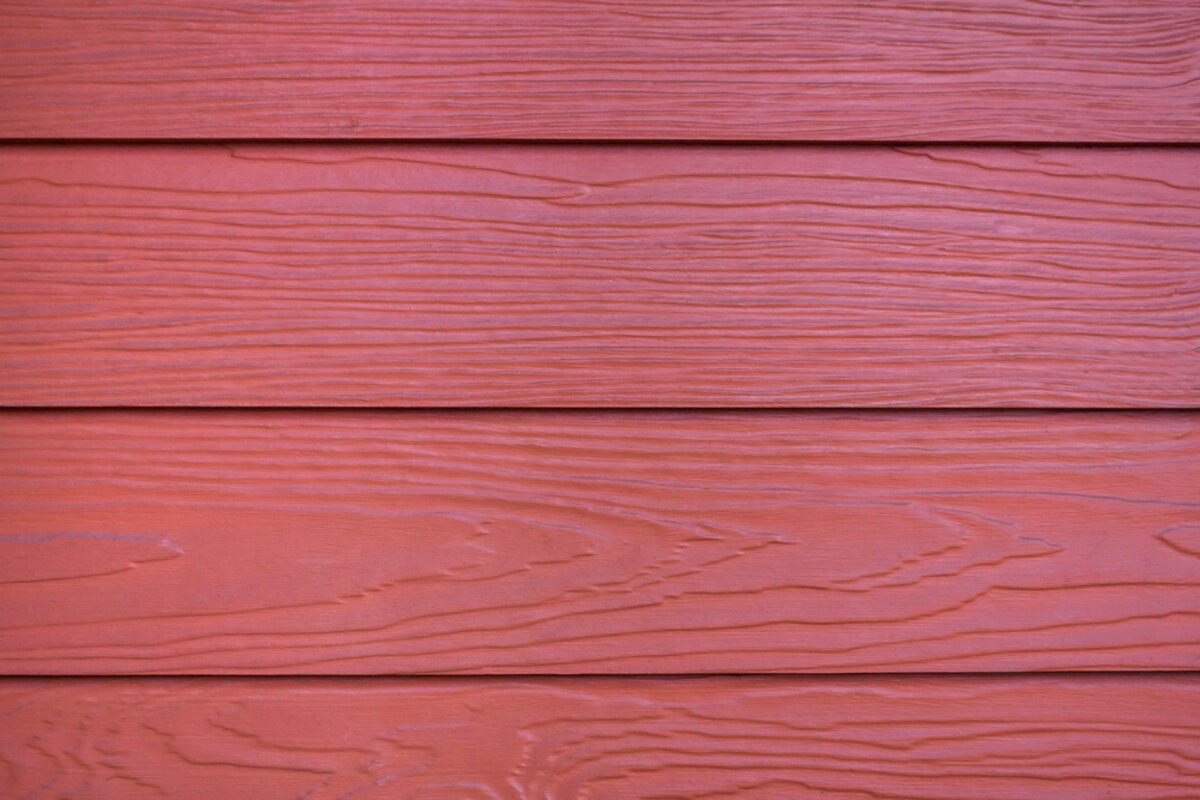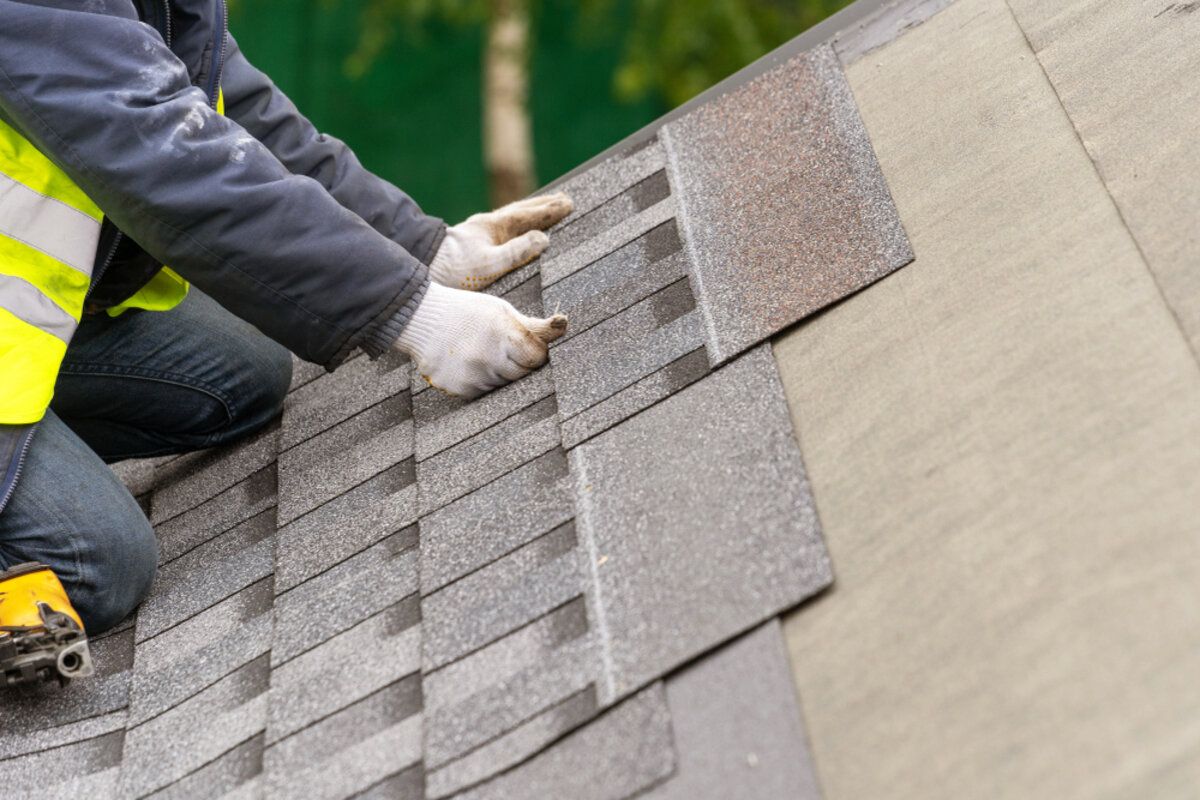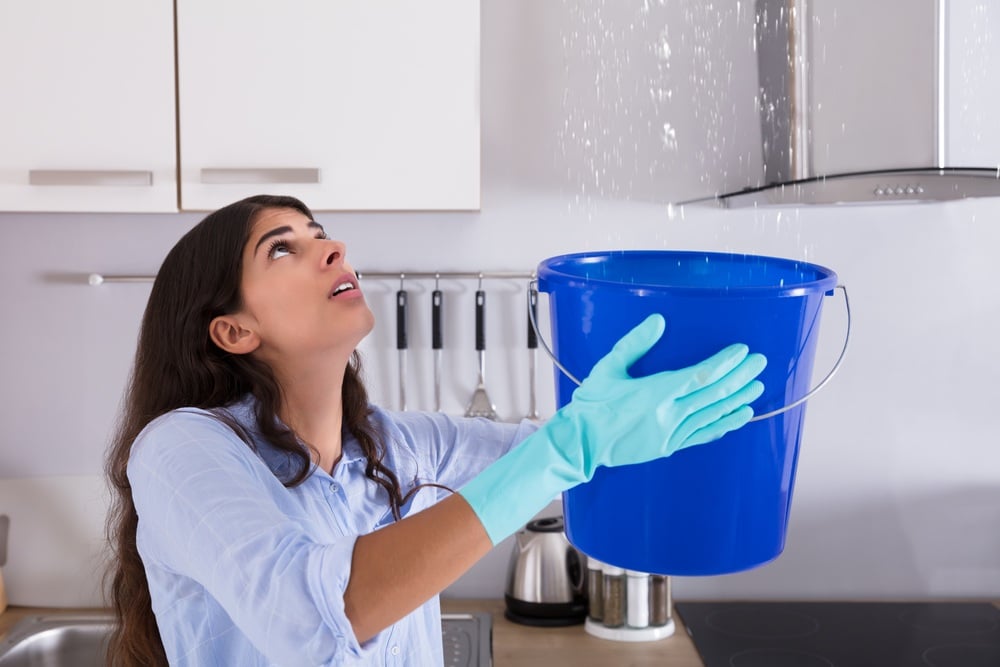
There are few things quite as alarming as walking into a room in your house and seeing water dripping into your home and belongings. Luckily, if you know what to do about a leak, you can easily deal with this frustrating issue.
Read on to learn how to find a roof leak and how to stop roof leaks from happening in your home.
What to Do During a Roof Leak?
When you have a leaking roof, it might be difficult to know what you should do at the moment. Here are several measures to make this experience easier for you and to protect your belongings and home from storm damage.
Protect Your Belongings
The first step is to move everything away from the leaking roof. It is often a good idea to move everything out of the room the leak is in just in case it spreads.
Be careful when moving electronics away from water, so you don’t electrocute yourself. If you are unable to move any items away from the leak’s target area, cover them with a water-resistant tarp to protect them from more damage.
Contain the Water
Next, try to keep the water from splashing everywhere. Place bowls or watertight containers under the leak and let them fill with water. Change those containers as needed to avoid overflow.
Take Photos
It is essential to take photos of any damage from the leaking roof as soon as you see it. Doing so will make it much easier to deal with any necessary insurance claims, or to explain the damage to a contractor remotely. Taking pictures can also allow you to track damage progression over time.
Call a Roof Contractor

Calling a roofing contractor is always a good step when you are unsure about making a roofing repair yourself. A professional can address the situation correctly, as well as diagnose and fix a leaking roof quickly and effectively. When looking for the right contractor, check reviews, background, and specialties.
Prevent Future Leaks
When there’s a leaking roof, you need to consider prevention methods in addition to repairs since a fix will not make much of a difference if you do not also have a long-term plan for avoiding future leaks.
These prevention methods could be patching large portions of the roof, replacing the roof, or scheduling regular roof checks.
Additionally, always remember to consider your climate’s particular needs when making this plan. For example, if you live in an area prone to hurricanes, talk to a roofer familiar with that environment.
How to Find a Roof Leak?
The first step to fixing a leaking roof is knowing how to find a roof leak. Some leaks will be easier to find than others, and there are a few key steps you can follow when trying to identify the location of a leak.
Look at the Roof
If you are able, you must look at your roof for any clear signs of a leak. You should still test those potential sites to ensure those are the areas causing the roof leak. Signs of leaking roofs include mold, rotting shingles, holes, curling parts of the roof, missing shingles, water spots inside the house, and discoloration.
Check the Attic
If you have an attic, this is a great place to help you determine where the leak is coming from. Look for signs of damage similar to those you may find on your ceiling or roof. In some cases, you may see no signs of a leaking roof in the attic. That can indicate the leak may be coming from plumbing rather than the roof.
Test Using a Hose
An effective tip on how to find a roof leak is running a hose over different parts of the roof. However, you will need a partner for this test. One person should be on the roof, running water over different areas, while the other is inside watching for leaks. Make sure you both have ways to communicate with each other.
How to Stop Roof Leaks?
The exact way you repair a leaking roof will depend on where the leak is, and its size. You may be able to fix small leaks by yourself.
However, for big projects, it is usually a good idea to defer to a professional roofing contractor if you want to know how to stop roof leaks from happening in your home.
Start With Small Holes
Even small holes can lead to big leaks. Those seemingly tiny drips can create water damage that can lead to rot, mold, and worse leaks down the road.
If you see any small holes when you check your leaking roof, patch them before they have a chance to worsen. Be sure to use flashing in this repair rather than caulk.
Patch Small Areas
As needed, replace any small leak areas you find before they develop into bigger problems. Those leaks may be a shingle or two wide. Many sealants work when it comes to repairing these small leaks. However, if you encounter leaks in bigger areas, call a professional to repair your leaking roof.
Maintain and Seal Roof Vents Dormers
The parts of the roof that intersect with other components, such as dormers, walls, roof vent dormers, and plumbing vent boots, can experience higher rates of leaks.
So, it is vital that you properly maintain and repair those areas. Sometimes those areas only need a bit of patching and sealing. However, it is a good idea to regularly replace these components.
When to Replace a Leaking Roof?
Once you know how to stop roof leaks, you can deal with them by patching your roof as often as leaks appear. However, there comes a point where merely patching is no longer a cost or time-efficient way to deal with recurrent leaks, and a professional roofer will be able to help you with roofing replacement.
A good rule of thumb is that you should replace your whole roof if moderate to severe damage covers more than 30% of your roof. It is also a good idea to replace your roof if you intend to sell your home sometime in the future.
Perfect Exteriors for Leaking Roof Repairs
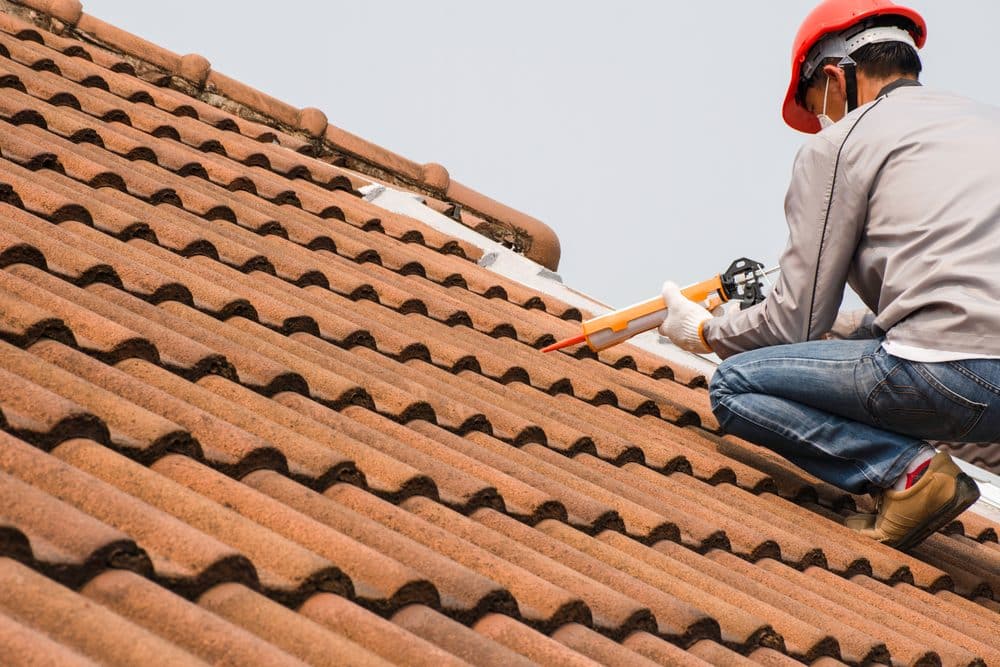
Dealing with a leaking roof can be frustrating. However, the whole process can be much easier if you know what steps to take when assessing and repairing your roof.
At the end of the day, properly maintaining your roof and getting help when needed is the key to keeping your roof leak-free. Contact us today to receive a free consultation on roof inspections!

